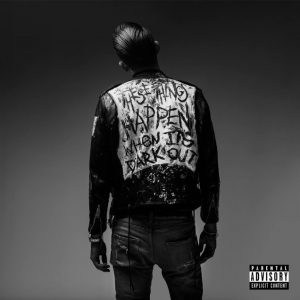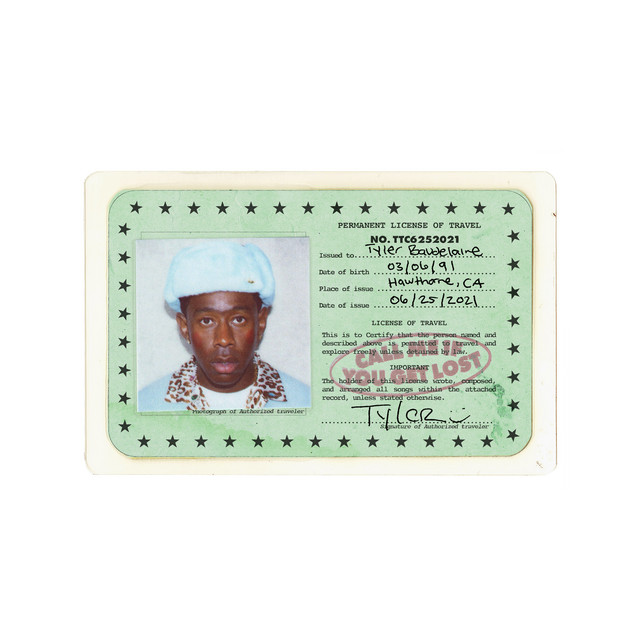Bay Area rapper G-Eazy’s sophomore effort,“When It’s Dark Out,” released Dec. 4, has decidedly dark overtones as it details G-Eazy’s newfound fame and how he deals with finally “making it.” The album is largely successful with many noteworthy tracks, yet drags at times and contains a few songs that lessen the overall quality of the album.
“When It’s Dark Out” switches back and forth between braggadocio and deeply personal tracks of introspection. The two styles occasionally clash, as the album remains a collection of songs only loosely held together by similar topics and the style of G-Eazy’s raps.

A consistent theme in the album is that G-Eazy had to work for his fame. In “Random,” he raps, “Everybody ain’t got it understand son/This sh*t is not random.” This continues in “One of Them” when G-Eazy raps a similar line. G-Eazy is set on repeating that it wasn’t luck that got him to where he is, and clearly enjoys bragging that his success has come purely from talent. Arrogance is G-Eazy’s style and he plays it well, but the theme completely dominates the first half of the album, becoming repetitive and leaving the listener asking what else he has to offer.
The songs “One of Them” and “What If” have similar repetitive structures that make both songs seem endless. With little variation in any aspect of the songs, the two become monotonous. Every line begins with “What if,” in the song of the same title, and in “One of Them,” every lyric follows the pattern “I seen that…I need one of them.” Though the repetition has a positive effect for the first two minutes of each of the songs, it quickly falls flat.
The album focuses on G-Eazy’s vocals, with minimalistic beats and background music. Nearly every word is clear, as G-Eazy raps with a steady, slow rhythm and a simple delivery that emphasizes the lyrics.
“Intro,” the short track that kicks off the album, begins with a famous quote from Welsh poet Dylan Thomas, “Do not go gentle into that good night/Rage, rage against the dying of the light.” This sets the dark tone of the album very effectively, but leaves the impression that the rest of the album will be more interesting than it is.
Throughout a few songs on the album, G-Eazy comments on a separation between his rapper persona and his true identity, addressing himself by his first name, Gerald, a theme in sharp, yet much-needed, contrast to his other songs. In “Sad Boy,” G-Eazy details the hardships of fame, asking, “Gerald what you so sad for?/Why the hell you got the blues?/Everybody wanna be in your shoes.” G-Eazy has achieved everything he set out for–– fame and money––and yet makes the point that it is still not enough. The more introspective songs are a welcome departure from the rest of the album and show a mature side of G-Eazy not found in the rest of the album.
In “Everything Will Be OK,” G-Eazy crafts a powerful and deeply personal song about learning to accept his mother’s sexuality and dealing with the death of her long-time girlfriend. The song is a standout on the album, as it diverges from G-Eazy’s usual topics of sex, drugs, and fame.
The album features numerous other artists, including Big Sean, Chris Brown, and Bebe Rexha, who each add to the album, breaking up what would otherwise be a boring listening experience. That said, G-Eazy’s solo songs are still enjoyable and largely successful in moderation.
The lead single, “Me Myself and I,” is the catchiest on the album, driven by a memorable refrain from Bebe Rexha. Of all the songs on the album, this one is the most radio-friendly. The song details G-Eazy’s internal struggles with fame as he seeks to stay true to himself while everything is changing around him.
Overall, “When It’s Dark Out” effectively showcases G-Eazy’s talent, but leaves some cohesivity and maturity to be desired.


















